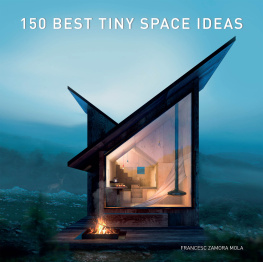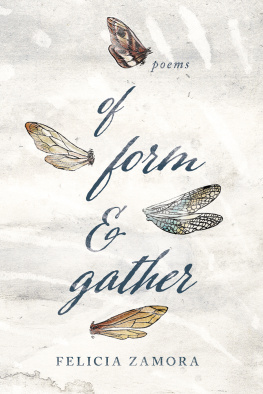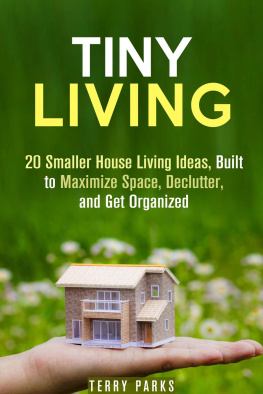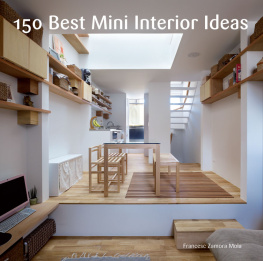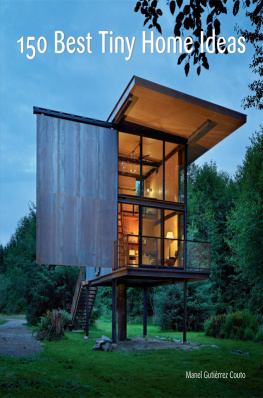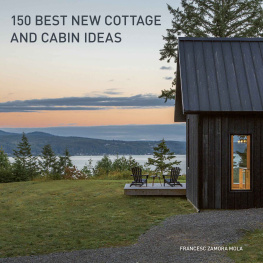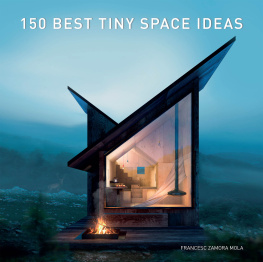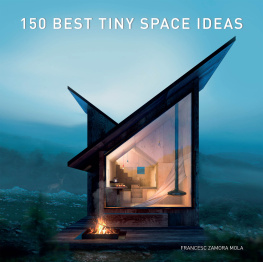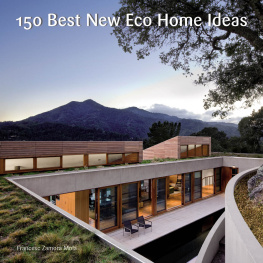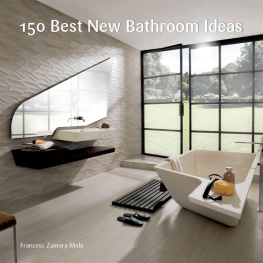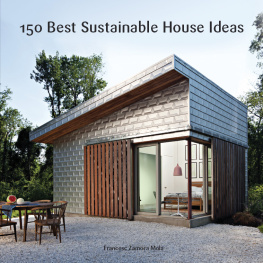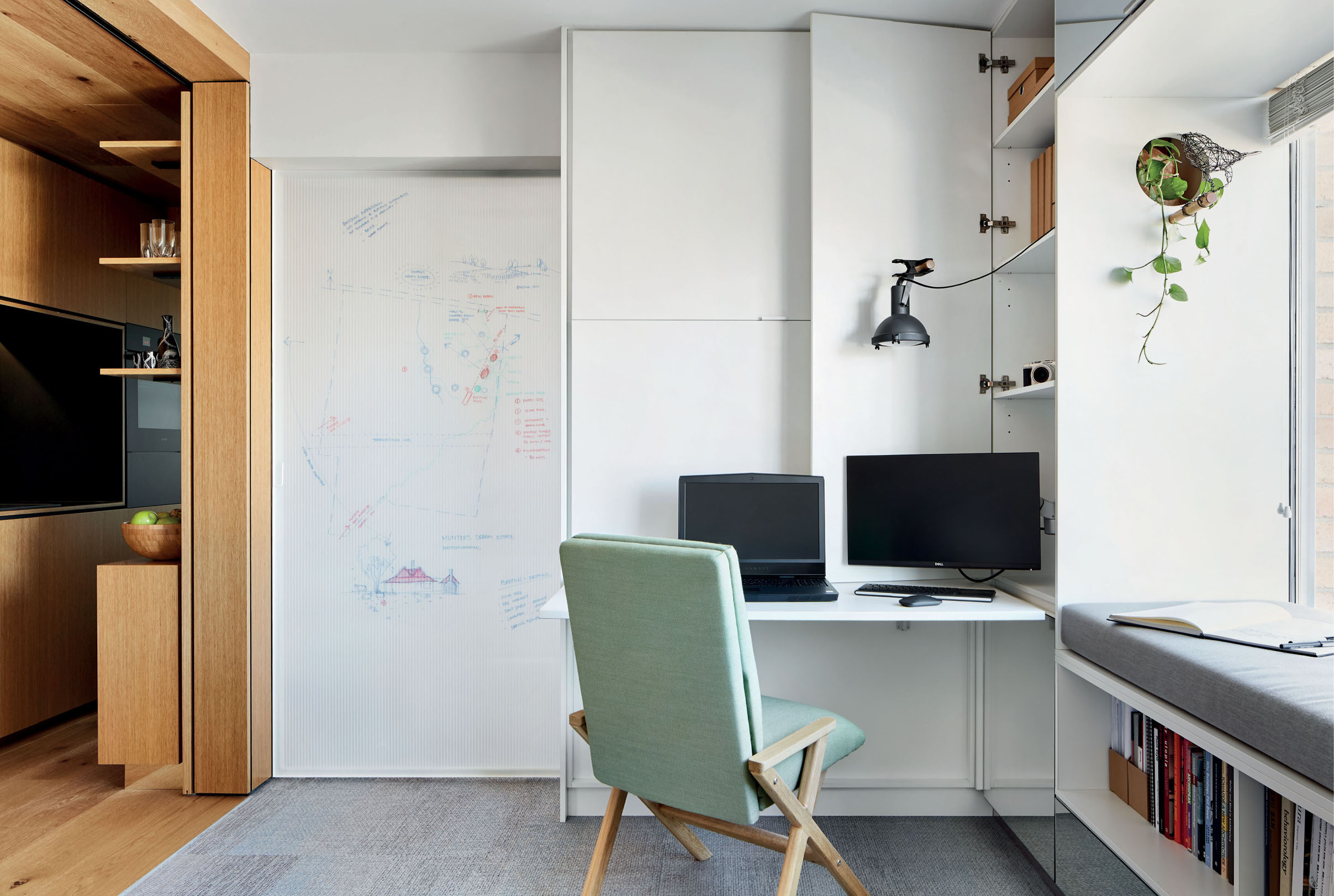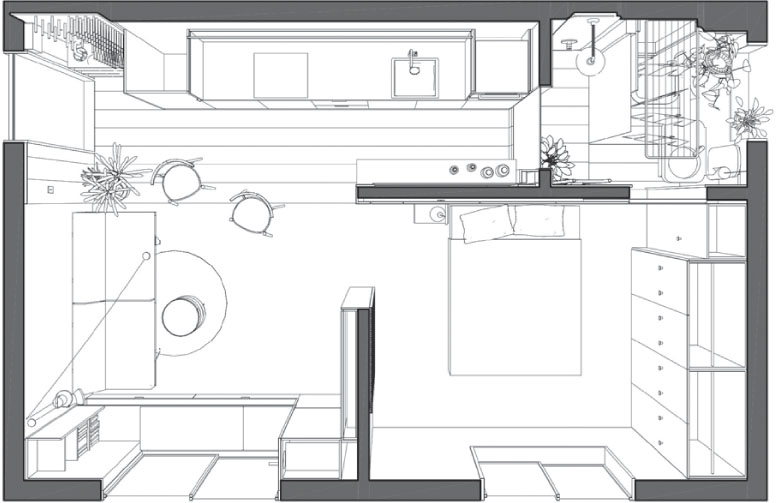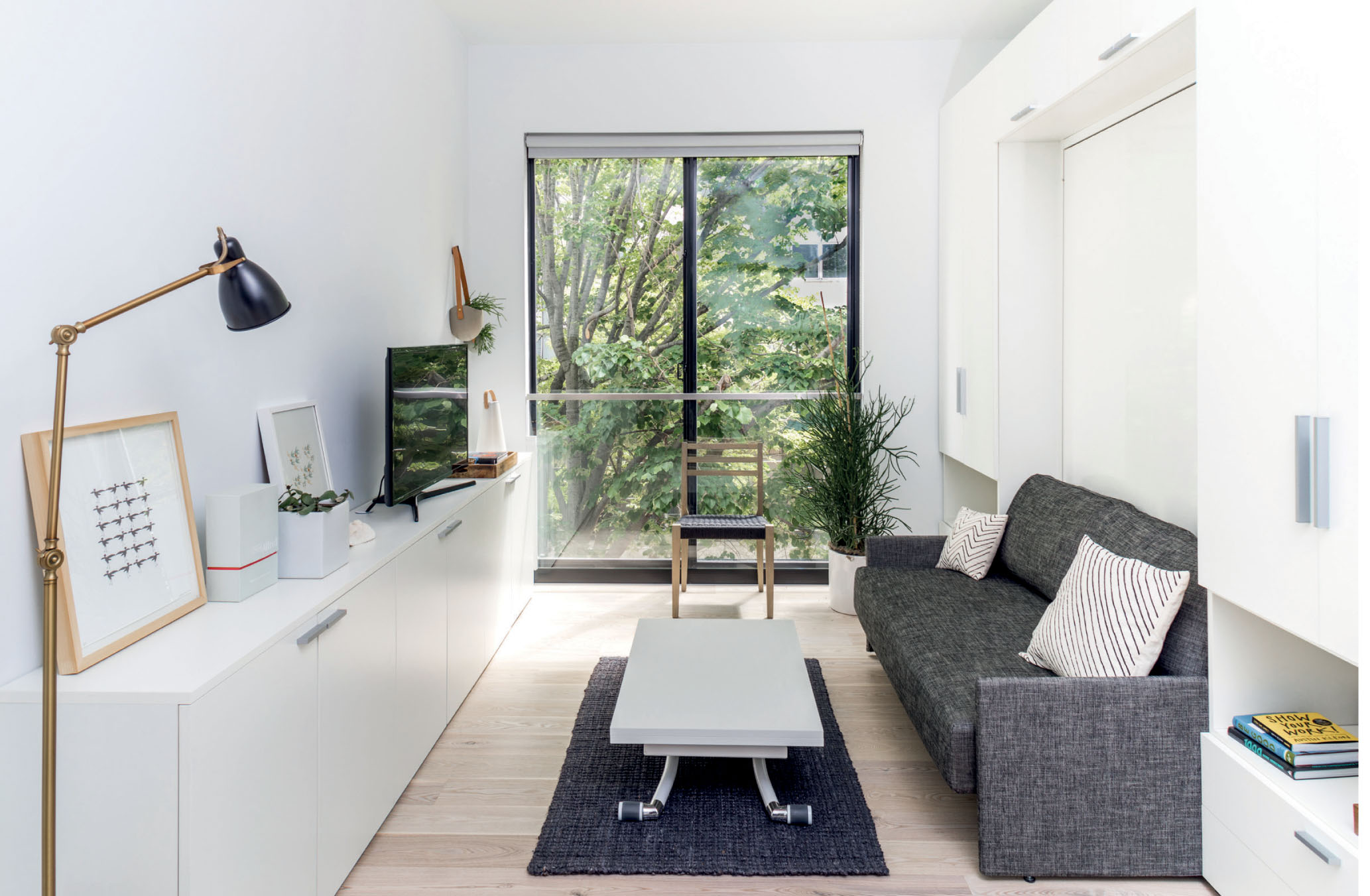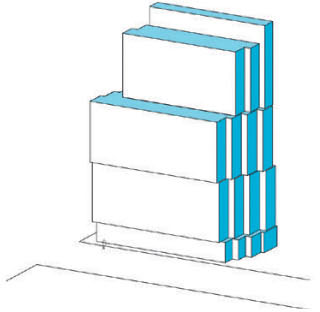Contents
Guide
Australia
HarperCollins Publishers Australia Pty. Ltd.
Level 13, 201 Elizabeth Street
Sydney, NSW 2000, Australia
www.harpercollins.com.au
Canada
HarperCollins Publishers Ltd
Bay Adelaide Centre, East Tower
22 Adelaide Street West, 41st Floor
Toronto, Ontario, M5H 4E3
www.harpercollins.ca
India
HarperCollins India
A 75, Sector 57
Noida
Uttar Pradesh 201 301
www.harpercollins.co.in
New Zealand
HarperCollins Publishers New Zealand
Unit D1, 63 Apollo Drive
Rosedale 0632
Auckland, New Zealand
www.harpercollins.co.nz
United Kingdom
HarperCollins Publishers Ltd.
1 London Bridge Street
London SE1 9GF, UK
www.harpercollins.co.uk
United States
HarperCollins Publishers Inc.
195 Broadway
New York, NY 10007
www.harpercollins.com
150 BEST TINY SPACE IDEAS . Copyright 2019 by LOFT Publications. All rights reserved under International and Pan-American Copyright Conventions. By payment of the required fees, you have been granted the nonexclusive, nontransferable right to access and read the text of this e-book on-screen. No part of this text may be reproduced, transmitted, downloaded, decompiled, reverse-engineered, or stored in or introduced into any information storage and retrieval system, in any form or by any means, whether electronic or mechanical, now known or hereafter invented, without the express written permission of HarperCollins e-books.
First published in 2019 by:
Harper Design
An Imprint of HarperCollinsPublishers
195 Broadway
New York, NY 10007
Tel.: (212) 207-7000
Fax: (855) 746-6023
harperdesign@harpercollins.com
www.hc.com
Distributed throughout the world by:
HarperCollinsPublishers
195 Broadway
New York, NY 10007
Cover photograph Gnocchi+Danesi Architects
Editorial coordinator: Claudia Martnez Alonso
Art director: Mireia Casanovas Soley
Editor and texts: Francesc Zamora Mola
Layout: Cristina Sim Perales
Library of Congress Control Number: 2016958633
Digital Edition JULY 2019 ISBN: 978-0-06-296620-9
Version 06192019
Print ISBN: 978-0-06-290922-0
Contents
The tiny spaces included in this book range between 140 and 500 square feet in size. They are set in urban and in rural contexts. The ones in urban settings support a lifestyle that enjoys the proximity of city amenities and promote the building of communities in the heart of cities. Those set in natural settings tend to satisfy the desire for simple living away from the chaos of cities, the overstimulation of the senses, and the forces that disconnect people from meaningful values. With ideas that seem so disparate, the two types have emerged from the Tiny House Movement.
The Tiny House Movement is a global architectural and social movement that advocates living a simpler life in small spaces and has been a clarion call to address the shortage of space and affordable housing in urban areas. City authorities are rewriting zoning codes to encourage density and promote creative uses of tiny spaces such as ADUs (accessory dwelling units) and micro-apartments. The development of such living spaces might be a way to provide affordable housing to a generation of city dwellers who are more interested in living a city lifestyle than in the prospect of owning a large house with a two-car garage.
The average size of a tiny home is around 300 square feet, which is roughly the size of a one-car garage. Does this sound cramped? The examples shown in this book prove otherwise.
Graham Hill, owner and founder of LifeEdited, a design and development firm that created ), says that as cities become denser, an inventive approach to design for smaller spaces is becoming ever more important to the pursuit of a well-lived urban life.
At the same time, the force that drives urbanites to downsize and focus on a lifestyle of quality also challenges people to think about buildings in the landscape from every angle, from construction to environmental impact. According to Rupert McKelvie of British design firm Out of the Valley (see ), the popularity of small, simple dwellings reflects the need for escapism felt by many people who lead busy lives in cities. Cabins offer a space that allows their occupants to live more modestly and reconnect with simple pleasures.
Regardless of location, whether in the city or in the wild, the Tiny House Movement has been encouraging creative designs. Multifunctional furniture is often the key to making tiny spaces work. As exercises in minimal living, some of the projects included in the book achieve an extraordinary level of spatial clarity, while others display elements of complex multifunctionality. New technology has contributed greatly to the success of space-saving solutions, including convertible furniture and sliding walls that transform spaces according to different needs. The stunning solutions make tiny spaces highly desirable dwellings and demonstrate that living small doesnt require giving up on comfort.
The Tiny House Movement has received wide media coverage with shows such as Tiny House Nation. In the show, the hosts travel the North American territory in search of small dwellings and their creative owners.
The undisputable popularity of tiny living spaces continues to grow, paving the path for other forms of habitations, such as co-living, as the demographics relentlessly change.
260360 sq ft
nARCHITECTS
New York City, New York, United States
Iwan Baan and Pablo Enriquez, courtesy nARCHITECTS
Carmel Place is the result of MY MICRO NY, a winning entry by Brooklyn-based nARCHITECTS and Monadnock Development in the citys 2012 adAPT NYC competition. This initiative was launched as part of former Mayor Bloombergs administrations New Housing Marketplace Plan to accommodate the citys growing small-household population. Carmel Place is one of the first micro-unit apartment buildings in New York City and also one of the first multiunit buildings to use modular construction. Its construction consisted of the fabrication, transportation, and stacking of sixty-five individual self-supporting steel-framed modules, fifty-five of which serve as residential micro-units while the remaining ten serve as the buildings core.
Nested scales of Carmel Place diagram
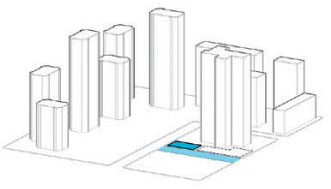
Our Community
1 borough, 1 neighborhood,
1 street,
1 Mount Carmel Place

